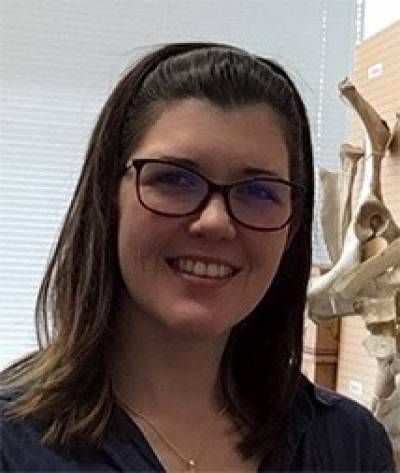A reconstruction of the late middle and early upper Palaeolithic ecosystems of southwest Britain in relation to human presence: new combined methods
 |
Email: fiona.holloran.19@ucl.ac.uk Supervisors: |
- Profile
Connected to the continental mainland during the late Pleistocene, Britain constituted Europe’s most north-western peninsula. For most of the Palaeolithic Britain formed the edge of the hominin geographical range. Neanderthal and early modern human presence waxed and waned, with successive dispersals into Britain and long periods of absence. Compared to the heartland of their territories, the archaeological record in the British Isles is somewhat sparse. Yet, it is here at the fringe of the Neanderthal and modern human territories that their biological and cultural adaptations were stretched to their very limit. The fluctuating climatic conditions of Marine Isotope Stage 3 (MIS3) affected vegetation and prey species distribution across the European continent. Thus, understanding the extent to which human presence in Europe’s north-western peninsula were linked to local ecology has broader implications for our understanding of human-environment interactions, their potential interactions with each other, and of how they responded to the oscillating climate conditions of MIS3. The over-arching aims of this project are to reconstruct the late Middle and early Upper Palaeolithic environments and ecosystems of southwest Britain in the context of late Neanderthal and early modern human occupation to explore whether their geographical ranges only extended into southwest Britain during warm interstadials of MIS3. The reconstruction of these environmental and ecological contexts will further the understanding of late Neanderthal and early modern human interactions with their environment in southwest Britain.
The number of human remains is very limited, while faunal remains number in the thousands. For this reason, using associated fauna to put human presence into context is here attempted. The development of biomolecular techniques to extract data hidden in skeletal material means that old assemblages, some of which have been dismissed, may hold valuable information for the late Pleistocene in Britain. This research uses a multi-proxy approach to reconstruct the late Middle and early Upper Palaeolithic ecosystems of southwest Britain and investigate local landscape use and ecological plasticity of late Neanderthal and early modern human groups in a changeable environment, using a new combination of traditional zooarchaeology and biomolecular methods. New information regarding the ecological plasticity of different modern human groups will be gained by reconstructing the local ecosystems using available faunal assemblages and comparing between regions and periods. The sites chosen are in southwest England and south Wales. All sites have evidence of human presence from the Late Middle Palaeolithic (LMP) and/or Early Upper Palaeolithic (EUP).
Funding
LAHP
Education
- BA, double major in Anthropology and Classics, University of Otago, 2010
- MSc, Palaeoanthropology and Palaeolithic Archaeology, UCL, 2017
 Close
Close

